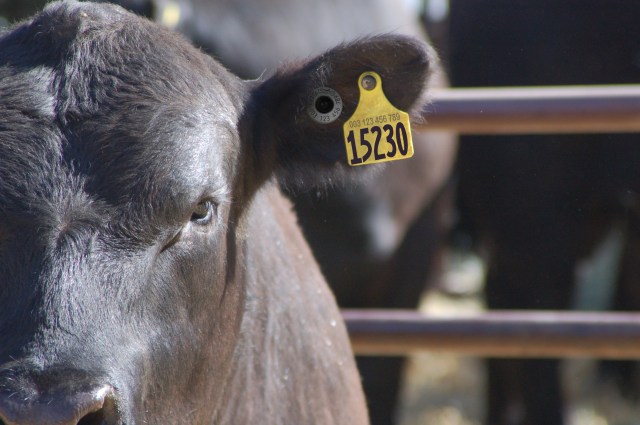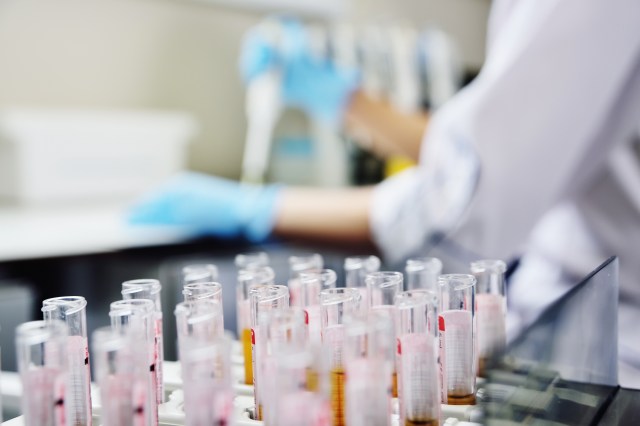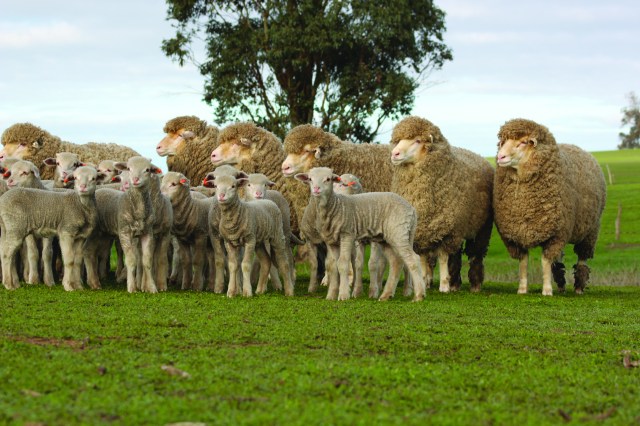Home \ Knowledge Hub \ Focus on \ Focus On… The Vital Role of Animal Traceability in Controlling Livestock Diseases


05 Feb 2021
Focus On… The Vital Role of Animal Traceability in Controlling Livestock Diseases
SHARE

DR JOHAN DE MEULEMEESTER
Global Technical Director Traceability & Tissue Sampling, MSD Animal Health Intelligence – Data Labs
The implementation of effective biosecurity policies across the food chain has become increasingly vital to control the spread of livestock diseases and ensure the wellbeing of animals and humans alike around the world. The main prerequisite for such policies is livestock identification, as this enables the tracking and monitoring of all livestock movement over their lifetime.
Traceability depends on identification
For animal protein products (predominantly beef, pork, poultry, seafood, and dairy products), there is an abundance of food traceability programs around the world that take varying approaches and utilize a wide array of technologies. Regardless of the program, having a unique identifying tag that is associated with an animal from birth and cannot be easily removed is fundamental for them all.

Increasingly, livestock identification is seen as vital for food biosecurity. There were major uptakes in livestock identification requirements following disease crises, such as the Bovine Spongiform Encephalopathy (BSE, Mad Cow Disease) epidemic in the 1980s and 1990s and the foot-and-mouth disease (FMD) outbreak in the UK in the early 2000s.
Just a couple of years ago, African Swine Fever (ASF) outbreaks had a devastating impact on farmers in China, and the epidemic also affected domestic and wild pigs in other countries in Asia, Africa and Europe.
In all these cases, the rudimentary information available on animal movement resulted in wide-swath culling. While instrumental in containing the disease and protecting consumers, the culling programs had severe effects on farmers’ businesses, national economies and food supply far beyond the geographic borders of the outbreak.
Identification is just the start
For food biosecurity, knowing the identity of an animal is not enough; it is vital to also know where that animal has been during every stage of its life.
With basic livestock identification, it is possible to have a general idea of an animal’s movements over its lifetime. But combining identification with tissue sampling, diagnostic services, geolocation, and DNA profiling enables full traceability. And, once you have full traceability, then disease outbreaks can be contained faster, easier and with far less culling.

Ideally, all stakeholders in the supply chain – from farmers to food producers, retailers, local councils and governments – should take collective responsibility for implementing such measures at the farm, regional, and national levels.
In the case of farmers, biosecurity practices include the standardizing of hygiene procedures both onsite and offsite, the setting up of protection and surveillance zones, and the implementation of methods to identify, control, monitor, and record all livestock movements from birth.
At the regional or national level, industry authorities, local councils, and governments can mandate biosecurity standards, policies, and systems that enforce compulsory identification, monitoring, and control measures for tracking the movement of farm animals from the time they are born and ensuring their lifetime traceability.

Digitization will be key
The effective implementation of such livestock traceability systems requires the creation of a smart environment that integrates agriculture with digital solutions. This facilitates the tracking and monitoring of all livestock movement, as well as the collection of this data so that it can be easily accessed when the need arises.
One potential approach is to develop comprehensive electronic identification and monitoring systems that integrate electronic identification tags with readers at more locations, making it possible to automatically collect livestock data from multiple sources into centralized and cloud-based national databases. This will facilitate full traceability for every animal from the time it is born.
Highly valuable data can then be made available to farmers, local authorities, veterinarians, slaughterhouses, producers, retailers, and others in the food supply chain, and even consumers – for full transparency about the origins and health profiles of all livestock and related food products.
DR JOHAN DE MEULEMEESTER
Global Technical Director Traceability & Tissue Sampling, MSD Animal Health Intelligence – Data Labs
The views expressed in this article are those of the author(s) and do not necessarily represent those of MSD Animal Health.

